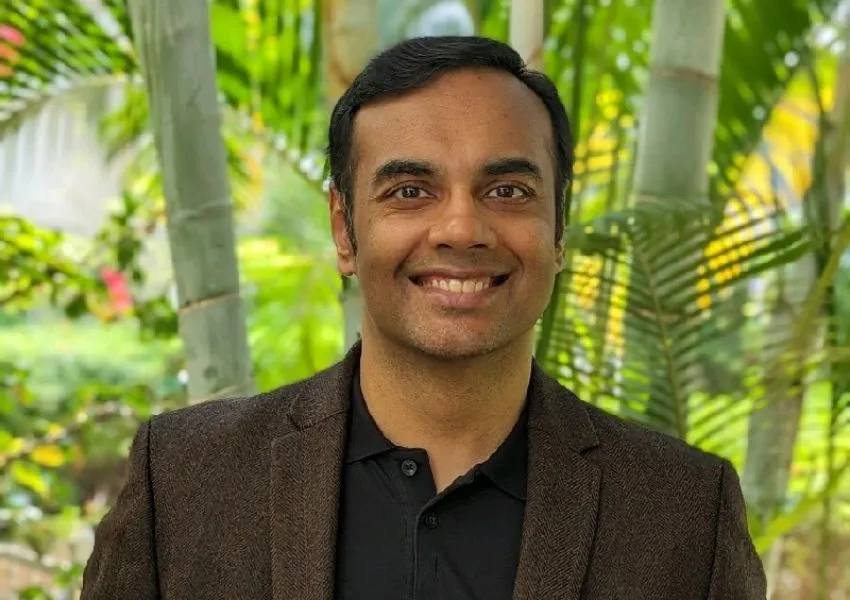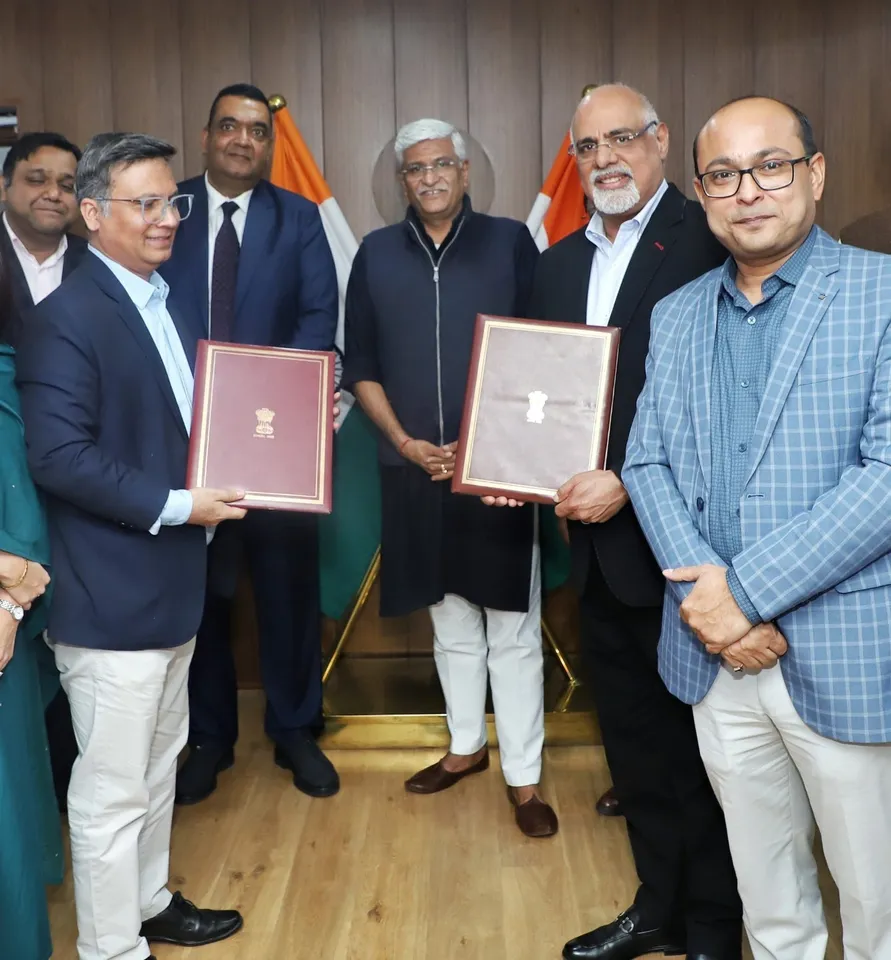When 28-year-old Alka Chhetri got married in 2012 and settled in Mungram village in south Sikkim, her biggest challenge was sourcing water from afar and rationing its use. “I came from Darjeeling and was used to tap water. Fetching water from a spring four kilometres away left me fatigued. Water used for washing clothes and vegetables had to be repurposed for cleaning utensils and the toilet. Suddenly, my life began revolving around managing water,” says Chhetri. Her life turned for the better once the benefits of the Dhara Vikas Yojana began percolating to nooks and corners of south Sikkim. The programme was launched in 2008 by the rural management and development department (RMDD) to revive Himalayan springs, or dharas, and ensure water security for rural households. By one estimate, 80 per cent of rural homes in south Sikkim depend on its 1,500 dharas for their water needs. Water is scarce in Sikkim’s southern and western districts as these fall in rain-shadow regions.
Over the decades, many springs have dried up or their flow has reduced due to degradation of the catchment areas. Several others are seasonal and dry up in the winter months, forcing villagers to trek kilometres, lugging 25-30 litres of water in vessels fitted in wicker baskets.
Dhara Vikas took shape with RMDD studies concluding that aquifers in the folds of rocks along the path of springs could be tapped to recharge them. Technical support poured in from organisations such as the Bhabha Atomic Research Centre, Mumbai; IIT Roorkee; WWF India; and People’s Science Institute, Dehradun.
It was realised that digging trenches along the hill slopes to hold runoff rainwater and recharge the aquifers could help revive the dharas. ‘Source tanks’ were built near the mouths of springs to serve as reservoirs for villagers. “The water harvested in the trenches would seep into the water table, helping recharge the springs,” says Rupinder Rai, a Dhara Vikas official in Lungchok Kamarey panchayat. “We dug 4,000 trenches over 40 hectares in Mungram; each can hold about 1,300 litres of water during rains.”
In all, some 73,000 trenches, 6-10 ft wide and 2.5 ft deep, have been dug over 729 hectares in south Sikkim. Villagers roped in for the work were paid MGNREGA wages. This has helped revive about 80 springs. The Devi Thaney spring in Mungram, which would go dry after November, had water in end-February. Around 240 ponds were revived through de-silting.
Dhara Vikas has benefitted around 200,000 people in south Sikkim by improving water availability. As Ranmaye Gurung, 56, says, “Acute water shortage would discourage me from inviting my near and dear ones home for long. Not anymore. I get to see my daughter, son-in-law and grandchild often.”














